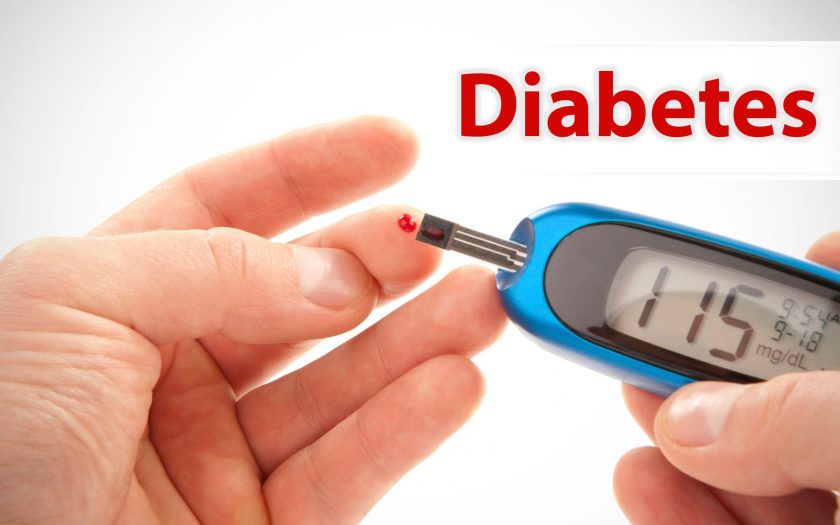Modern concepts of diabetes see it as a syndrome that combines signs and symptoms of two different diseases: type 1 diabetes and type 2 diabetes.
Type 1 diabetes mellitus is characterized by absolute insufficiency of insulin in the body, that is, insufficient pancreatic secretion. In type 2 diabetes, the receptors that determine the presence of insulin cease to work, resulting in a violation of the interaction of insulin with the cells of the organs and tissues in the body.
Types and causes of diabetes
To understand difference type 1 diabetes mellitus from type 2, you need to understand how carbohydrate metabolism occurs in humans.
The main carbohydrate that nourishes all the tissues and organs of the body is glucose. Food that enters to the body, through complex chemical transformations, under the action of enzymes of the digestive tract is split into glucose molecules, which is absorbed into the bloodstream and enters all tissues and organs. However, in order for the tissues and organs to absorb glucose, a special hormone – insulin is needed. Excess glucose may be a stock in the special form “glycogen” – a complex polysaccharide, which if necessary can be split again into glucose molecules, with the process of splitting can occur only in the presence of the insulin. Thus, the insulin produced by the pancreas is a necessary participant in carbohydrate metabolism.
With its lack or “failure” of the interaction insulin with cells, tissues, and organs of the body occurs the following things:
- First, tissues and organs cease to receive food, since glucose cannot be absorbed by most organs without insulin;
- Second, there is an accumulation of glucose in the human blood, and after the excess of some threshold value of its content in the blood, sugar appears in the urine.
Actually, the name of this disease in many languages reflected the content of sugar in urine – “sweet urine“.
Reduction of insulin production in the pancreas (type 1 diabetes) is usually associated with the mass death of the so-called endocrine cells, which may be caused by such causes as:
- Autoimmune diseases;
- Toxic effects on the pancreas;
- Pancreatitis, viral diseases;
- Oncological problems.
Signs of this type of diabetes are more common in children and in young age (up to forty years).
Specifics of diabetes mellitus type 1
Symptoms and signs of type 1 diabetes are usually more pronounced in children than in adults and elderly patients. Diabetes mellitus in children may also be manifested by unusual symptoms such as liver enlargement, obesity, and growth retardation.
Treatment of diabetes mellitus type 1 and 2
Unfortunately, currently, there are no treatment methods that can completely overcome diabetes mellitus. treatment aimed at combating manifestations of the disease and includes:
- Development of a diet aimed at reducing body weight;
- Receiving drugs that reduce the level of sugar in the patient’s blood (Metformin, Amaryl);
- Treatment with insulin (always – in the presence of type 1 diabetes and in some cases with type 2 diabetes);
- Fighting complications, their prevention, and timely treatment.

